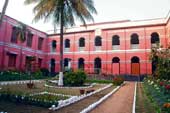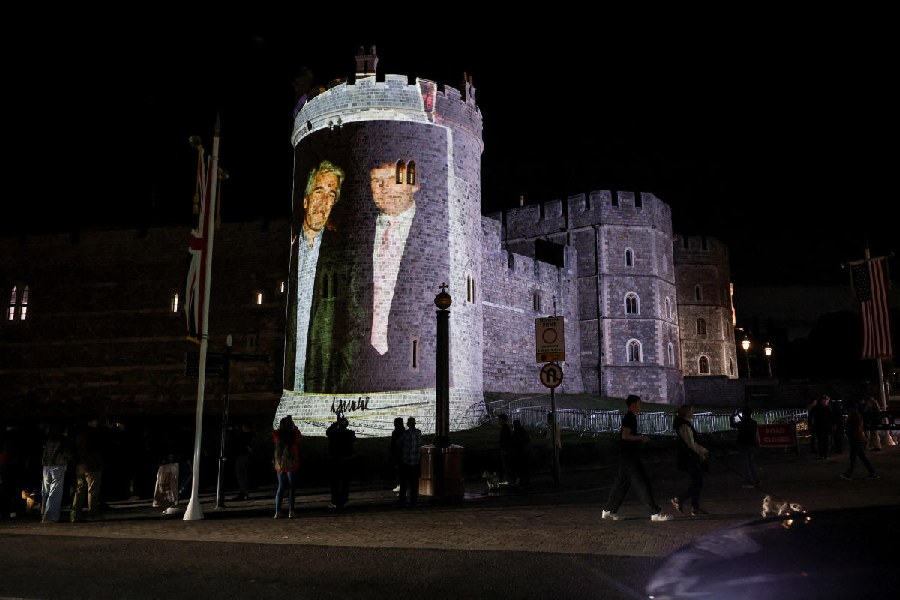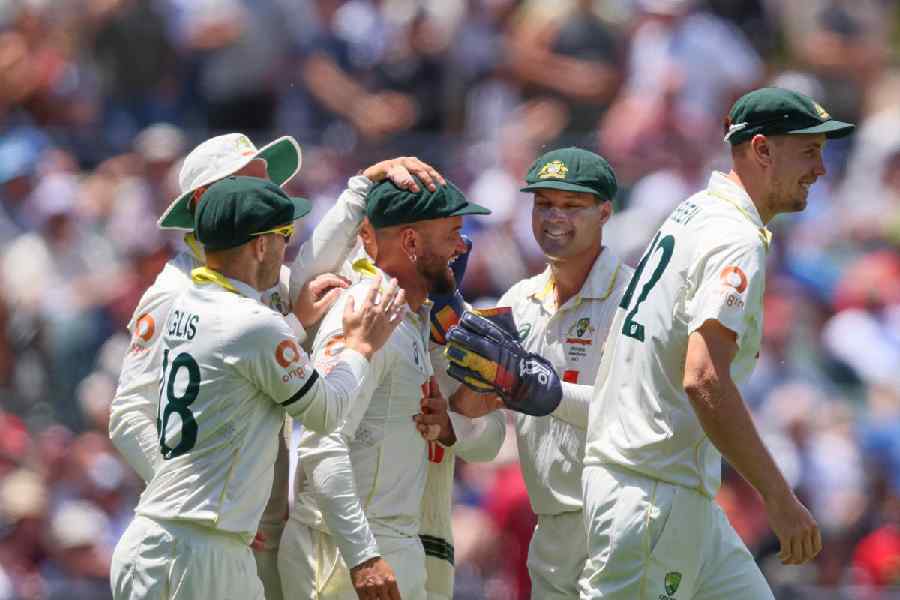 |
There is a lot to be learned from the dedication of the many foreign missionaries, especially the Flemish and German, who had worked particularly in the Chhotanagpur regions of Jharkhand and in the adjoining areas of Orissa and Chhatisgarh. Let us also not forget the Loreto, St Anne and the Ursuline Sisters, whose dedication leaves much to be emulated — Cardinal Telesphore P. Toppo
As the cardinal points out, what these missionaries achieved by their vision can be seen everywhere — educational sector to the many kuchcha roads in the state interiors — the benefits of which percolated to every strata of society, and which is the kind of vision which should drive us. “The contributions of these men is a beginning. The future depends on us. We need to rededicate ourselves if we want the state to prosper,” he said.
Father Camille Bulcke
In an essay The Faith Of A Christian — Devotion To Hindi And To Tulsi, Camille Bulcke wrote: “When I arrived in India in 1935, I was surprised and pained when I realised that many educated people were unaware of their cultural traditions and considered it a matter of pride to speak in English. I resolved my duty would be to master the language of the people.” Born in Ramskapelle, a village in West Flanders, Belgium, Bulcke completed his BSc in civil engineering and joined the Jesuit order in 1930. In the next five years that he spent in Belgium and Holland for his philosophy course, he learned Greek, Latin and German, in addition to the French and Flemish he knew. In 1935, he came to India. After a short stay in Darjeeling, he was posted to teach in Gumla, which is where he started learning Hindi. He did his BA in Sanskrit in 1941, completing his MA in Hindi under Allahabad University. The thesis he presented for his PhD, Ram Katha Ka Vikas, had been described by the then president of the Sahitya Academy, Suniti Kumar Chatterjee, as one of the most comprehensive works in indological studies. In 1950, Bulcke returned to Ranchi and was appointed head of Hindi and Sanskrit department at St Xavier’s College. In 1955, he published a Technical English —Hindi Glossary of General Culture, which ran into two editions, and the success of which encouraged him to put in five years of hard work to produce Angrezi Hindi Kosh. In 1977 he translated the New Testament into Hindi, showing how deeply he felt about the need to reach out to people in their language. When some bishops in north India requested him, he enthusiastically took up the task of translating the Bible, 150 pages of which were left when he breathed his last. A founder member of Bihar Rashtrabhasha Parishad (1950), member of Hindi Prayag Samity (1973-77), his last work in collaboration with Dr Dineshwar Prasad, was Ramcharitmanas Kaumudi. The Padma Bhushan bestowed on him in 1973 for what he had done for the cause of Hindi couldn’t be better deserved.
Father Sylvain Grosjean
Not all the faithfuls who gather at the Purulia Road Cathedral for Sunday mass are aware that the impressive structure, which is a landmark in the capital, owes its existence to the vision of Luxembourg born priest, Father Sylvain Grosjean, who not only conceptualised it, but also raised funds for it. The Cathedral, which was consecrated in October 1909, is a monumental structure in the Neo-Romanesque style, flanked by twin towers, each 30-ft high, where at least 3,000 people can assemble. Thinking ahead of his times, he realized that over the years they would need a central headquarter at Ranchi, where priests can find a quiet corner for physical and spiritual recuperation.
In 1886, he bought 45 acres at Purulia Road, for the construction of Manresa House, which till now serves as the focal point for Jesuit activities. This is not the only legacy he left behind. Also credited to him is the construction of a new building at St Xavier’s College, Calcutta, and the opening of St Joseph’s College, North Point, Darjeeling. In Jharkhand he helped upgrade St John’s School, Ranchi into a model high school, which till 1901 was merely a centre for religious instruction for village leaders.
It was in fact the pioneering efforts of Father Grosjean, who landed in India in 1882 and trooped down to Doranda in Ranchi in 1883, that laid the edifice of the Roman Catholic Church in Jharkhand, then called Chhotanagpur. It was him, who in 1884 sent out Constant Lievans to expand the Church in Chhotanagpur. A visionary, the Belgium priest, till his demise in 1915, put the Catholic church firmly in place in the tribal region, despite the competition from the Lutheran and Anglican churches.
To be continued on the Monday edition.











